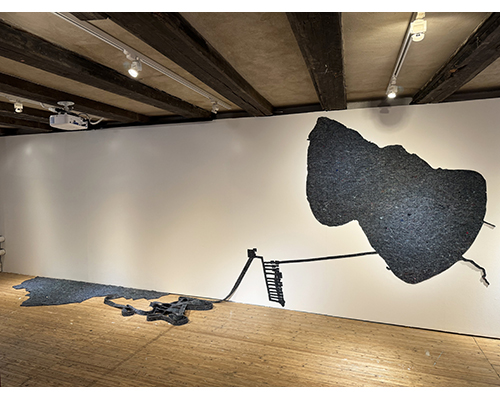
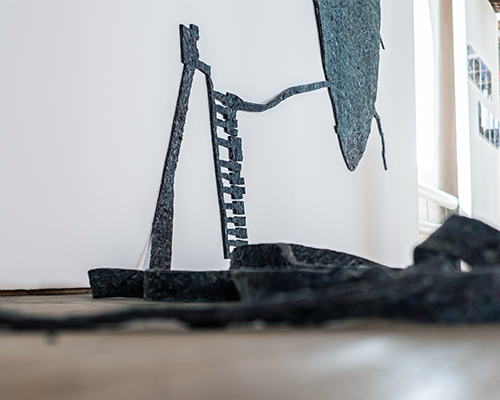
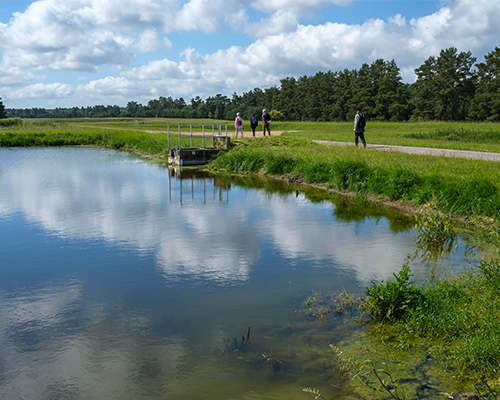

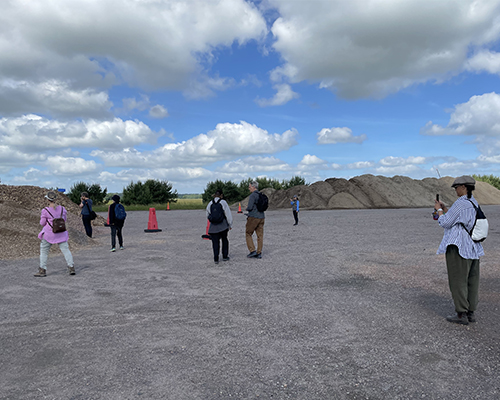
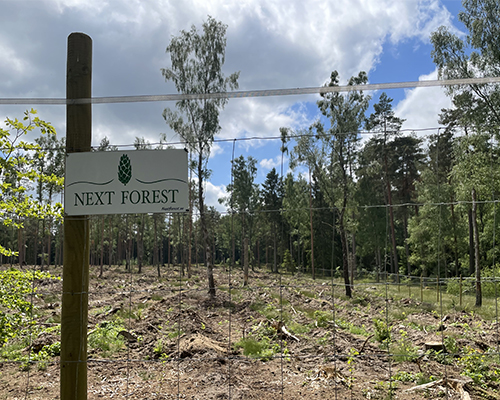
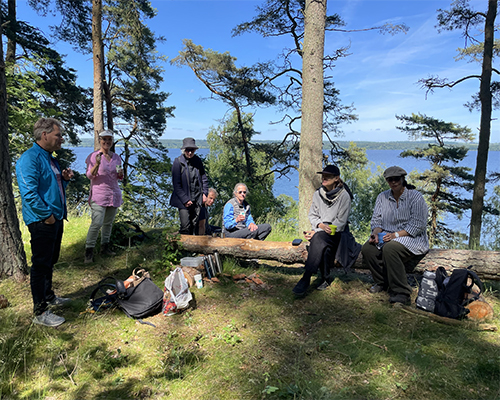
In 2022 I was invited to participate in a research project about the commons, organized by Karin Grundström in the Dept. of Urban Planning at Malmö University, Sweden. A one-month residency in Malmö allowed me to explore land use, climate impacts, and the future of drinking water in Southern Sweden.
Drinking water is an uneasy kind of commons. Its provision depends on many things: law, negotiation, economies, property, tradition, and increasingly, climate change. Some drinking water for the City of Malmö comes from the Vombsjön, a deep lake about 40 km away. Despite the pastoral landscape of farms and farmed forest around the lake, the process to produce drinking water is industrial. Water is strained, filtered through meters of sand, settled, aerated, softened, and disinfected before it reaches Malmö homes. Agricultural, human and industrial runoff- plus warming temperatures- makes the water increasingly difficult to treat.
Vombsjön-Tåg (2022) was a walkshop that circumnavigated Vombsjön Lake, the second-largest drinking water source for Southern Sweden. This psychohydrogeographic exploration offered participants a rare chance to experience the landscape and issues around their water infrastructure in a firsthand and multi-sensory way.
Vatten-väg (2024) means water-way or water-path. This installation produced for the exhibition "Allmänningen" (the Commons) makes one part of the water infrastructure for the city of Malmö visible and tangible. The "soft map" of the infrastructural connection between the Vombsjön and Malmö is cut from blue-tinted industrial felt.
Exhibited:
>Allmänningen, Form Design Center, Malmö Feb 16-June 2 2024
Publications
>Allmänningar och Stråk, 2025 (forthcoming)